A Hundred Years of Silence
Andy describes the local collaborative work which looks to restore Wych Elm ecosystems in North West Scotland
The gnarled and twisted branches of the Wych Elm tree clawed towards the blue sky. The main trunk of the mighty tree came almost horizontally out of the limestone crag at Inchnadamph before it bent upwards. Hundreds of red deer tracks circled the roots of this ancient being as they plunged into the rocky depths of the landscape looking for moisture.
It is hard to estimate the age of trees by just looking at them. Growth rate is determined by many things, including geology, aspect and altitude, but in my gut, I knew this tree was approaching one hundred years old, maybe much older. It stood majestically all alone in the beautiful but stark scenery of Inchnadamph.
There are many similar, lonely Elm trees scattered around Assynt.
It was flowering - beautiful dark pink tassles dangling in the breeze. Once the flowers have been pollinated by the wind, the flowers will develop into tiny, winged fruits. I know they produce viable seeds each year because I have collected them before. However, looking at them just now, covered in marvellous lichens and colourful bryophytes I felt sad. For these three giants would soon be going into senescence (The late stage of a tree's life characterized by a decline in the volume of the crown and root system) and there were no young elm trees growing up to replace them. Grazing by hungry deer gave any seedling no chance. Elm tree seedlings are very nutritious and a favourite for any grazing animal.
We could not let them die out. And so we hatched a plan…
A young elm tree grown from local seed by the Assynt tree nursery would be planted beside each old Elm tree. This, in time, would allow continuity for all the lichens and invertebrates and other wildlife that had grown up around the host tree. Of course we would need to protect the young trees from grazing. One of the problems was that these isolated elm trees were often miles from anywhere and involved long walks (and I mean long) carrying all the gear to protect our little tree. Fortunately Romany, Chris and others were up for the challenge.
Elms are important in Assynt as they are the last refuge from Dutch elm disease, which has devastated elms everywhere else in mainland Britain and most other parts of the world. These are the most north-westerly population of this native tree that was once part of a dynamic Atlantic rainforest ecology. They hold remnant populations of lichens, mosses, invertebrates including moths and beetles and a whole unique community that builds up around these ancient trees. A tree is not just “a tree” but a whole ecosystem. However, isolated from nearby elm trees much of this relic ecological community dies with the elm tree.

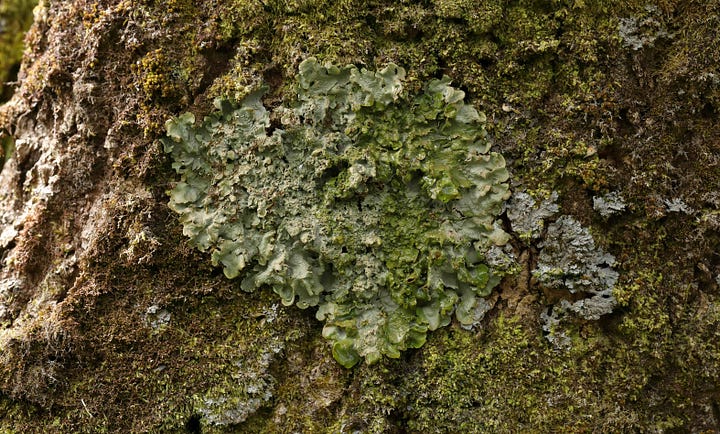

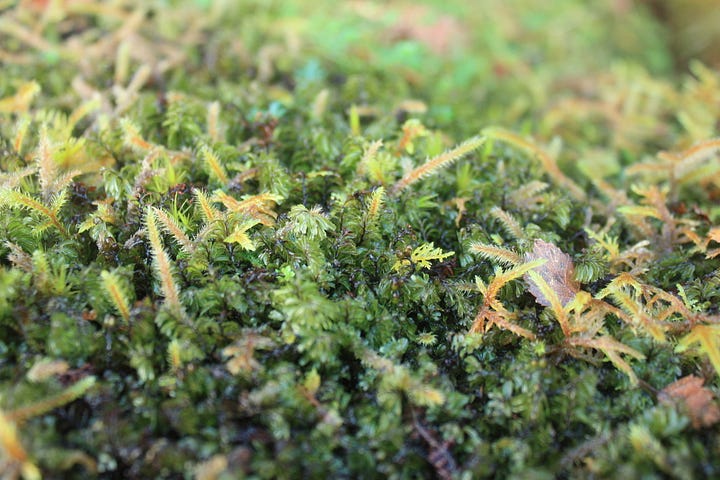
In Assynt there has been a lot of discussions about our remnant ancient elm trees recently. In 2023, local people decided to lead a project to find out what we can do to protect these precious trees. Thus the Assynt Elm Project was formed, guided by Mandy Haggith a local writer and environmental activist, the project was led by the Culag Community Woodland and other partners whose aim is to raise awareness about the significance of the wych elm (Ulmus glabra) trees in Assynt, celebrating their cultural and ecological value as a key part of our west coast rainforest ecosystem and generating interest in them as a ‘canary of climate change’ and symbol of hope and resilience.
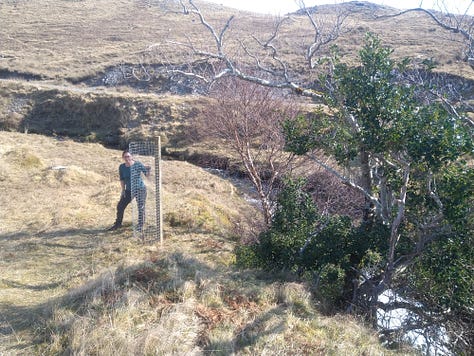
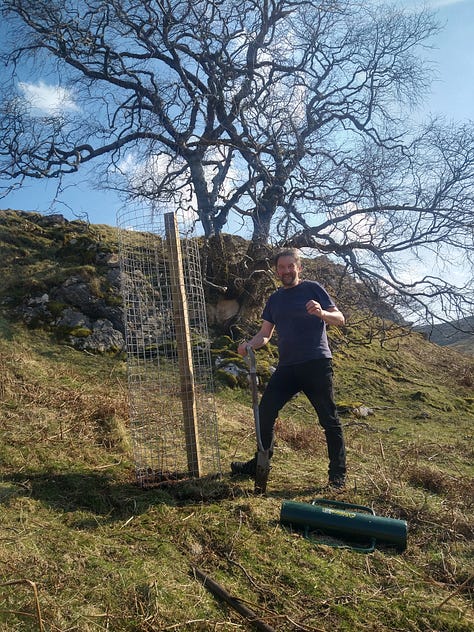
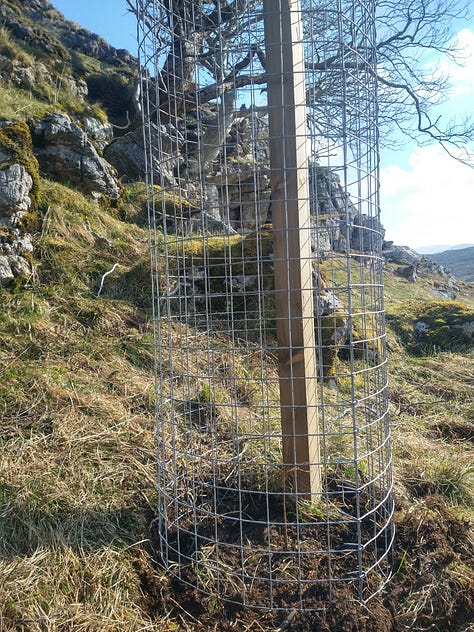
Local photographer Chris Puddephatt has built up an unparalleled collection of amazing photographs of each of the ninety odd remaining Assynt Elms.
And many others have helped with advice including the Assynt Field Club and Max Coleman endangered plant specialist from the Royal Botanic Garden Edinburgh and Nick Clooney from the Assynt tree nursery.
Fritha West at the University of St Andrews, is conducting research into the biosecurity challenges facing Wych elm and will explore options for their regeneration in Assynt.
With our community pulling together there remains some hope for our remnant Wych Elms trees and maybe even for the Atlantic rainforest of which they were once part.
Andy Summers, North Highland's Senior Ranger for High Life Highland, is a dedicated naturalist with a deep understanding of the region's diverse ecosystems. His extensive experience in wildlife conservation and passion for preserving North Highland's pristine landscapes make him a vital asset. Andy's work encompasses wildlife observation, environmental education, and passing on a greater appreciation for the area's unique flora and fauna. His commitment to conserving North Highland's natural heritage is evident in his expertise and unwavering dedication.









Cracking stuff! On the topic of senescence - have you any experience with manging such trees in urban areas, what are the dangers to the public, do we overreact and cut down? Also, how can one tell when a tree is in senescence and not 'dead'?
Excellent! Well done everyone involved!